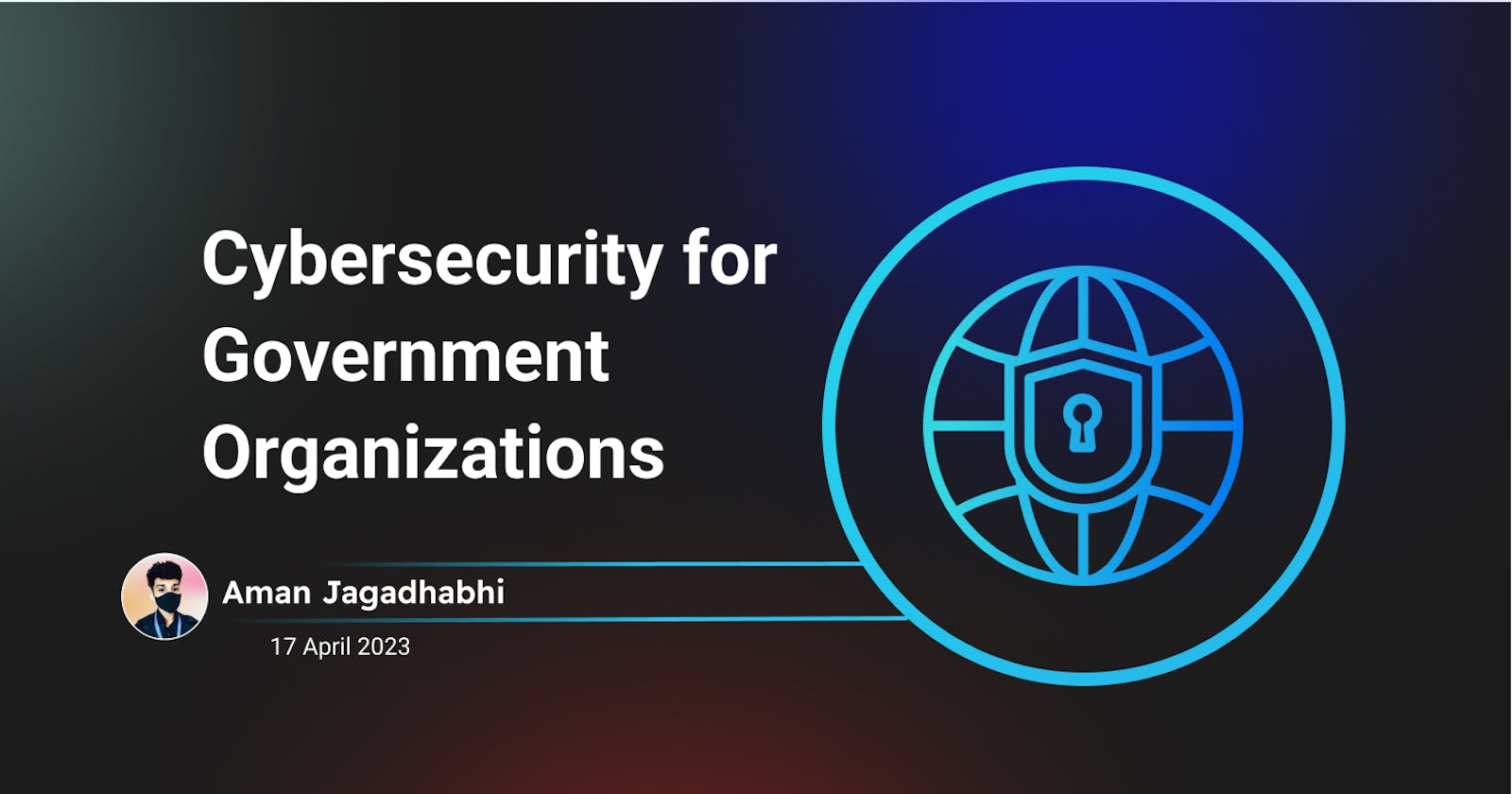Cybersecurity for Government Organizations: Ensuring Security in a Digital Age
In today’s digital age, government organizations are increasingly relying on technology to facilitate their operations. The use of computers, the internet, and other digital tools has made it possible for government agencies to work more efficiently and to better serve their constituents. However, these same technologies have also made government organizations vulnerable to cyber attacks.
As cyber threats continue to evolve and become more sophisticated, government organizations must take proactive steps to protect themselves from these threats. In this article, we’ll explore some of the key considerations for cybersecurity in government organizations, as well as best practices for protecting against cyber attacks.
Understanding the Cybersecurity Landscape for Government Organizations
The first step in protecting a government organization from cyber attacks is to understand the cybersecurity landscape. This means understanding the types of threats that are out there, as well as the vulnerabilities that government organizations face.
Some of the most common types of cyber attacks that government organizations face include:
Phishing attacks: These attacks involve sending fraudulent emails or other communications in an attempt to trick government employees into providing sensitive information.
Malware attacks: Malware is malicious software that can be used to infect computers and steal sensitive data.
Denial-of-service (DoS) attacks: These attacks involve overwhelming a computer or network with traffic, making it impossible for the system to function.
Advanced persistent threats (APTs): APTs are sophisticated attacks that are typically carried out by well-funded and highly skilled attackers who are looking to steal sensitive information.
Insider threats: Insider threats involve employees or other individuals who have access to sensitive information and use that access for malicious purposes.
In addition to these types of attacks, government organizations also face a number of vulnerabilities that can be exploited by cyber attackers. Some of the most common vulnerabilities include:
Weak passwords: Passwords that are easy to guess or that are used across multiple accounts can make it easy for cyber attackers to gain access to sensitive information.
Unpatched software: Software that has not been updated with the latest security patches can be vulnerable to cyber attacks.
Lack of encryption: Data that is transmitted or stored without encryption is vulnerable to interception and theft.
Best Practices for Cybersecurity in Government Organizations
To protect against these types of threats and vulnerabilities, government organizations must implement a comprehensive cybersecurity strategy. This strategy should include a range of measures designed to prevent, detect, and respond to cyber attacks.
Some best practices for cybersecurity in government organizations include:
Implementing strong passwords: Employees should be required to use strong, unique passwords that are not easily guessable.
Keeping software up to date: Government organizations should ensure that all software is updated with the latest security patches.
Encrypting sensitive data: Data that is transmitted or stored should be encrypted to prevent unauthorized access.
Educating employees: All government employees should receive regular cybersecurity training to help them identify and avoid common threats.
Implementing access controls: Access to sensitive data should be limited to only those employees who need it to perform their job functions.
Conducting regular security audits: Government organizations should conduct regular security audits to identify vulnerabilities and areas for improvement.
Using cybersecurity tools: Government organizations should use a range of cybersecurity tools, such as firewalls and intrusion detection systems, to protect against cyber attacks.
Cybersecurity is a critical consideration for any government organization that wants to protect itself from cyber threats. By understanding the cybersecurity landscape, implementing best practices, and using cybersecurity tools, government organizations can reduce their risk of cyber attacks and protect their

